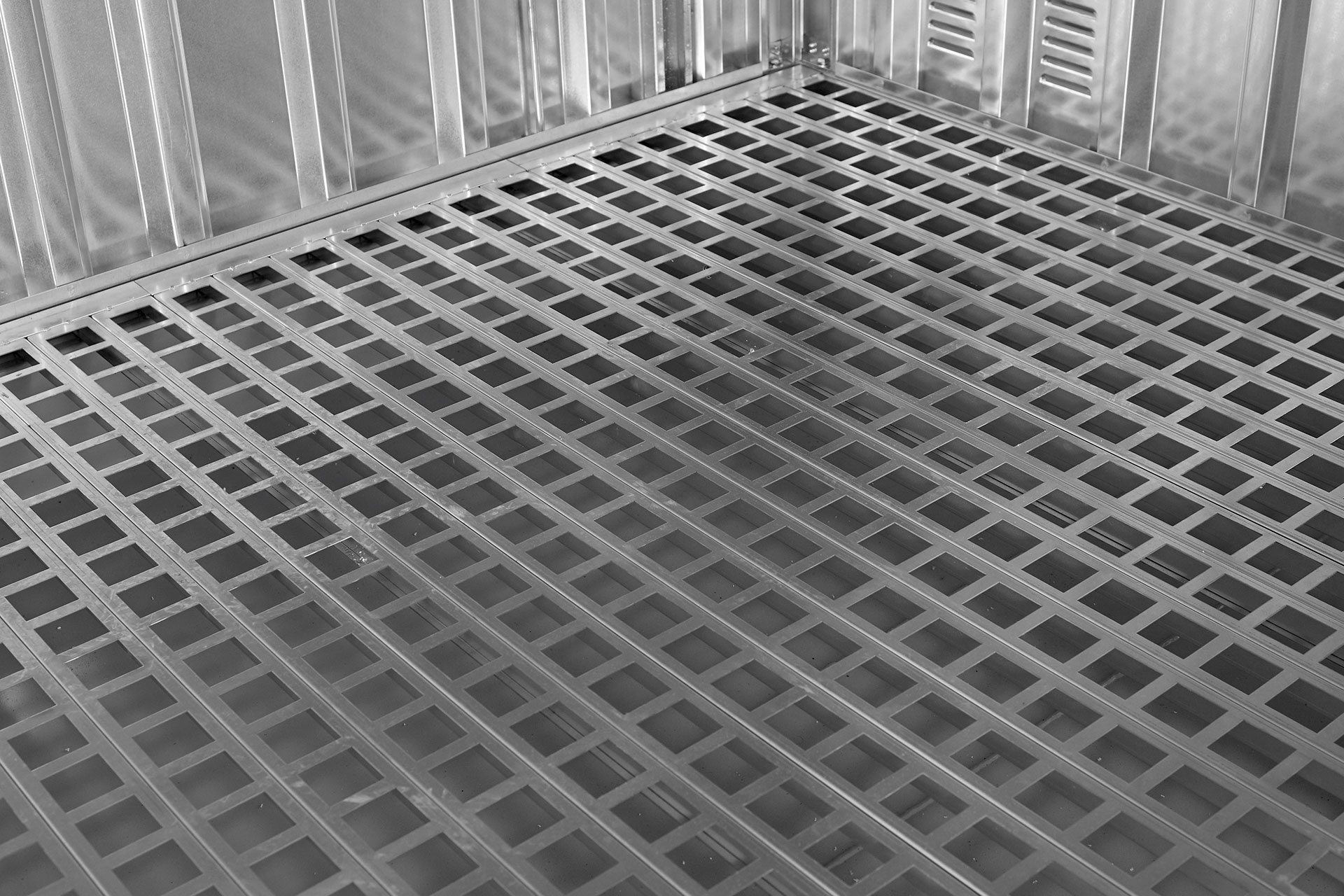The Ultimate Guide to Shipping Container Garages
Shipping container garages are revolutionizing the way people think about storage and workspace solutions. Whether you need a durable shelter for your vehicles, a workshop, or extra storage space, a shipping container garage offers an affordable, secure, and versatile alternative to traditional structures. In this guide, we’ll explore everything you need to know about building a shipping container garage, including benefits, design ideas, and key considerations.
Why Choose a Shipping Container Garage?
1. Durability and Strength
Shipping containers are made from high-quality steel, making them extremely durable and resistant to harsh weather conditions, pests, and fire. These qualities make them an excellent choice for garages that need to withstand the test of time.
2. Cost-Effective
Building a traditional garage can be expensive. Shipping containers offer a more affordable alternative, especially if you purchase used containers. They require minimal foundation work, reducing construction costs significantly.
3. Customization Options
From simple storage units to full-fledged workshops, shipping containers can be customized to meet your specific needs. You can add insulation, ventilation, electricity, shelving, roll-up doors, and even windows to create a functional and comfortable space.
4. Mobility and Modularity
Unlike traditional garages, shipping containers are portable. If you ever move, you can take your garage with you. Additionally, they can be stacked or combined to create larger structures.
5. Eco-Friendly
Repurposing old shipping containers helps reduce waste and promotes sustainability. By giving these containers a second life, you contribute to a greener environment.
Designing Your Shipping Container Garage
1. Choosing the Right Container
Shipping containers come in various sizes, with 20-foot and 40-foot containers being the most common. Determine how much space you need based on your storage or workspace requirements.
2. Planning the Layout
Decide how you want to use your garage. Will it be solely for parking, or will you incorporate a workshop or storage area? Sketch a layout that optimizes space and functionality.
3. Modifications and Additions
Consider these key modifications for enhanced usability:
- Roll-up doors for easy access
- Windows and ventilation for airflow and natural light
- Insulation to regulate temperature
- Electrical wiring for lighting and power tools
- Shelving and storage solutions for organization
4. Foundation and Placement
Although shipping containers are sturdy, placing them on a solid foundation prevents shifting and ensures longevity. Concrete slabs, gravel beds, or concrete piers are popular foundation options.
Key Considerations Before Building
1. Local Building Codes and Permits
Before setting up a shipping container garage, check with your local authorities to understand zoning regulations and permit requirements.
2. Weatherproofing and Insulation
Containers can get extremely hot or cold depending on the climate. Adding insulation, ventilation, and weatherproof coatings will help maintain a comfortable environment inside.
3. Security Features
Since garages often store valuable items, consider adding extra security features such as reinforced locks, motion-sensor lighting, and security cameras.
Final Thoughts
Shipping container garages provide a cost-effective, durable, and customizable alternative to traditional garages. Whether you need a simple car shelter or a multi-functional workspace, these containers offer endless possibilities. With proper planning and modifications, you can create a secure and stylish garage that meets your specific needs.
Would you consider building a shipping container garage? Let us know your thoughts in the comments below!





